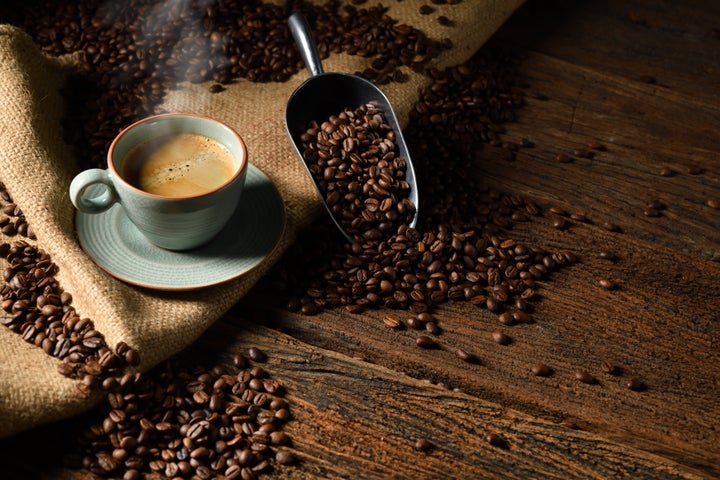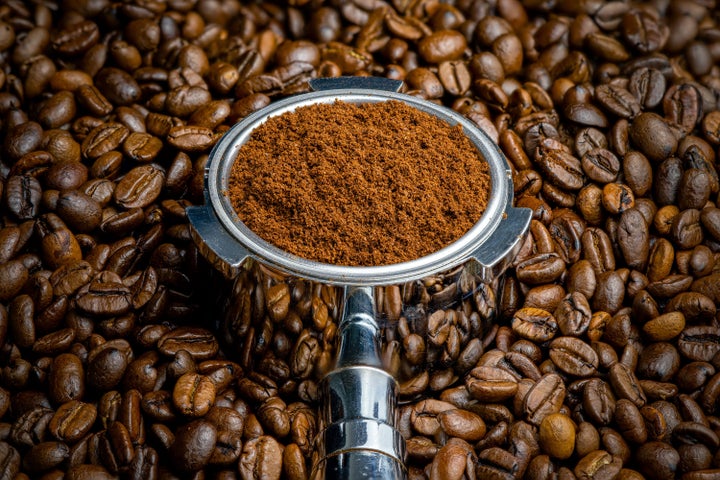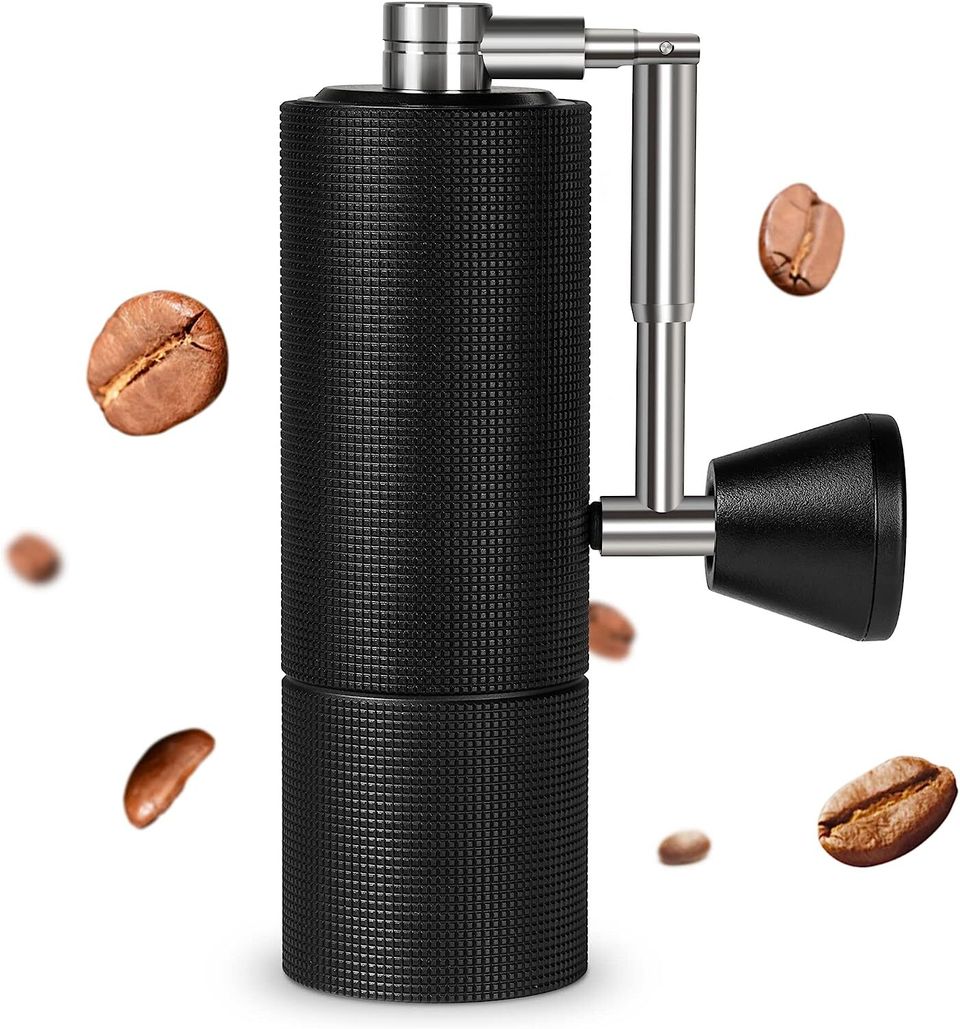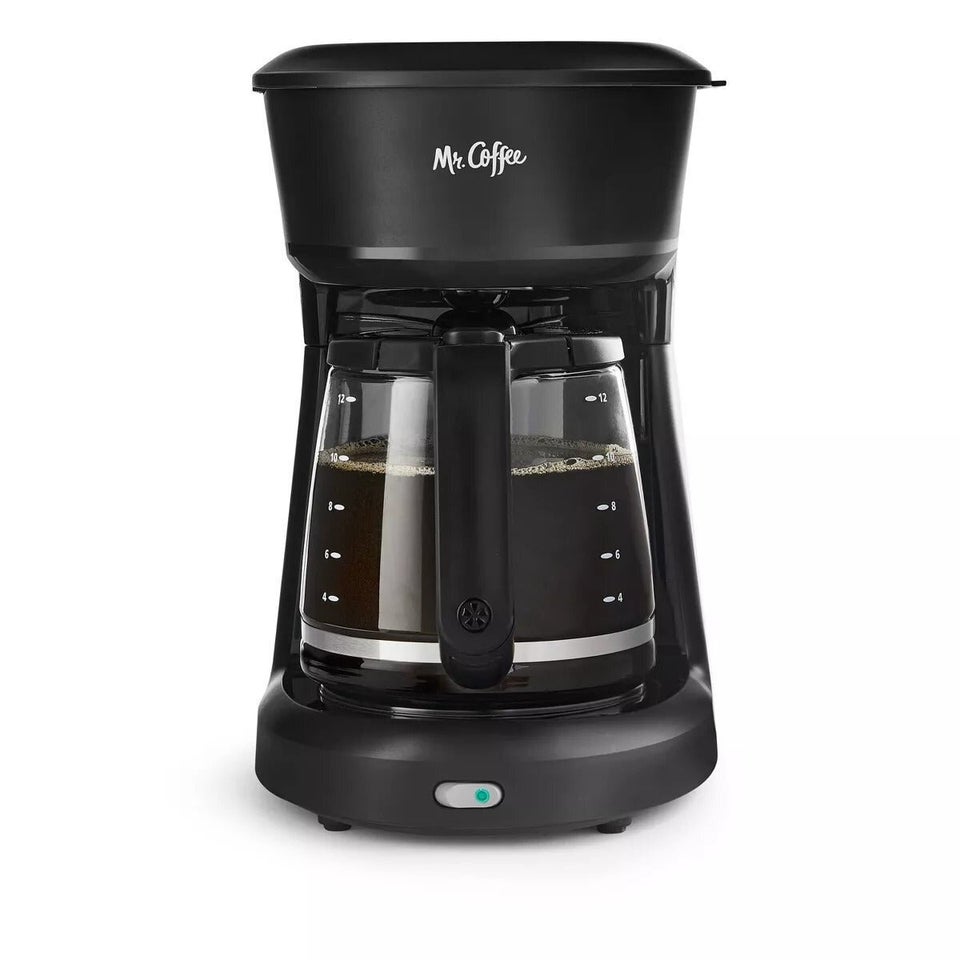
Even amateur coffee drinkers have heard about the importance of bean freshness when it comes to making a cup of java at home. But not many people talk about the value of grinders.
After all, if you’re investing in whole beans, you should also be invested in finding the very best way to grind them — which is why we’ve interviewed experts about the topic. We’ve specifically asked them to dissect what it is about grinders that makes them fundamental, what grinders actually do, whether an expensive one is always better than a more economical choice and which ones you should consider investing in.
What is a grinder and what does it do?
To put it simply, coffee grinders are meant to crush up beans into particles that can then be used to brew coffee. The size of those particles entirely depends on your preferred brewing method. For example, French presses and percolators usually require coarsely ground beans, whereas extra-coarse options are the best fit for cold brew. Pour-overs, drip coffee makers, AeroPresses and Moka pots are associated with medium grinds, whereas a properly made espresso necessitates very fine particles.
It follows, then, that the grinder you should buy depends on the size of granulated beans you’re going for.
“The perfect grind is different for every brew,” explained John Holmquist, the commercial and home sales manager at Seattle Coffee Gear. “When you’re choosing your grinder, you have to have an understanding of what you want to do with it. What are you trying to grind for?”
Why not just buy ground beans?
Ground beans are just not as fresh as whole ones.
“When purchasing pre-ground coffee, you don’t ever really know how long ago it was ground, and the beans slowly go stale,” said Asa Baiz, a coffee trainer and consultant who also manages the popular Instagram account Sprometheus. “Working with whole beans means they will just last longer, as there is less oxidation happening and, when you grind at home, you get a fresher experience as more CO2 stays within the beans.”
He also suggested looking at the liquid once the coffee is actually made: If your cup of java is bubbling, it means the beans are fresh. “The bubbles are the natural reaction of the CO2 leaving the grinds and the beans,” he noted.
What are the different types of grinders?
The process of pouring hot water on coffee grounds to effectively make yourself a cup is known as extraction. Ideally, you want all the particles to extract at the same time — something that can only really occur if the compounds are of identical sizes. This, in turn, depends on the grinder you’re working with.
Generally speaking, there are two types of grinders: blade grinders and burr grinders. All experts suggest staying away from the former because blade grinders won’t grind all beans into consistent sizes, which is important when making virtually any type of coffee.
“Blade ones are basically spice grinders because you cannot control the grind size and, if you can’t do that, you are not going to get the right grind for any particular brewing method,” said Eduardo Umaña, founder of Origin Roasted.
When looking at burr grinders, options include conical and flat grinders. A choice between the two depends on a variety of factors: your preferred brewing method, personal taste and experience.
Overall, “conical burrs create a wider grind size consistency,” Baiz explained. “They do more crushing than cutting, creating a bit more finesse and inconsistency, which people who drink espresso usually prefer because it creates a more complex cup.”
Flat burr grinders, on the other hand, spin faster than their counterparts. “They do more shaving and create a more even distribution,” Baiz said.
So if you’re only making espresso at home, you might want to consider investing in a conical burr grinder (which tends to be cheaper than its counterpart). All other brewing methods might benefit from a flat burr grinder.
Lest you think particle size is a forgettable aspect of the coffee-making process, think again: The flavor of your drink will significantly change based on it. “If you grind too fine, the coffee is going to over-extract, the machine might get clogged and your cup will be bitter,” Umaña explained. “If the grounds are too coarse, you’re going to under-extract and end up with a sour, acidic and watery coffee.”

What are some other things to consider when buying a grinder?
As mentioned, your choice of grinder should really depend on the type of brewing method you’re accustomed to — but there are other factors to account for, too, including uniformity of grind size, discussed above, and retention.
“Sometimes, you put 20 grams of coffee in the machine and get 18 grams out; the rest is stuck in there,” Umaña said. “So that’s something else to think about because it’s a problem. When you grind after that, the coffee you put in previously is what’s going to grind first, so you want a product with low retention.”
Umaña also mentioned static. “Sometimes, grinders produce static, so when the beans come out, they get stuck to the walls of the grinder,” he explained, suggesting purchasing a machine with low static.
One more thing to keep in mind: Some grinders have step adjustments, while others are stepless.
“Stepped grinders have numbered settings that you can select and adjust the grind size,” Holmquist said. “Those are good for multipurpose brewing. For example, you make a French press one day and a pour-over the next.”
Stepless options, on the other hand, tend to be better for espresso. “They offer the ability to fine-tune as the knob just turns smoothly to whatever caliber you want,” he said.
When is the best time to grind beans?
Experts unanimously declare that the very best time to grind beans is just before you’re ready to actually brew your coffee.
“Coffee oxidizes and loses the nuance of flavor and aromas,” Umaña said. “That’s why, when you buy ground beans, the coffee doesn’t taste the same. So right before making each batch is when you want to grind. Compare it to buying apples: You cut one when you want to eat it, not the day before.”
Baiz echoed those sentiments. “As your kettle is heating up or your espresso machine is heating up, you should grind,” he said.
When do I know that the time has come to change my grinder?
Overall, decent grinders “last a long time,” Baiz said. “If you’re a coffee nerd, you’ll end up upgrading as new products come out, but generally, once you buy a nice grinder, you can eventually swap out a motor if it dies but that’s really it,” he explained. “Usually, they grind thousands of pounds of coffee before they have to be changed, which means that folks at home might never really have to replace them.”
Which is all to say: Consider investing in a pretty good grinder, including the options below.
Here are two of the best grinders to buy, according to experts.
Although there are plenty of options on the market, Holmquist says that once you get to the “$200 to $300 range in pricing, you are investing in something that’s pretty solid” when it comes to grinders.
If you feel so inclined, of course, you can opt to spend almost ten times that on fancier products. But the experts we spoke to recommended the two below.
HuffPost and its publishing partners may receive a commission from some purchases made via links on this page. Every item is independently curated by the HuffPost Shopping team. Prices and availability are subject to change.


